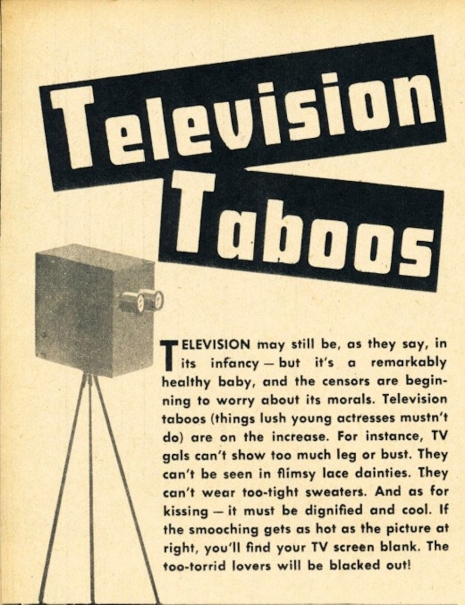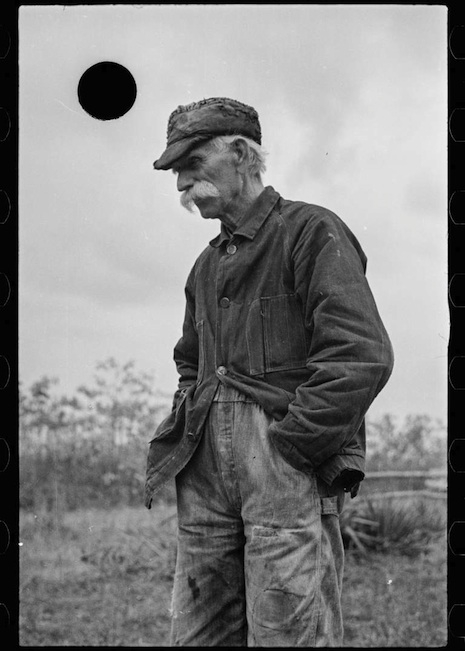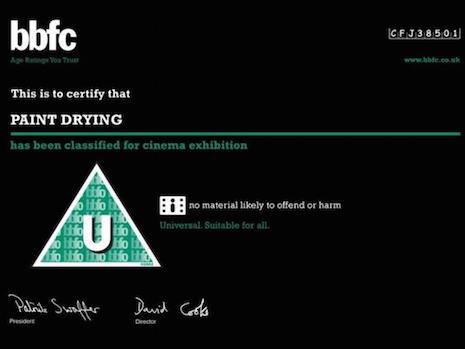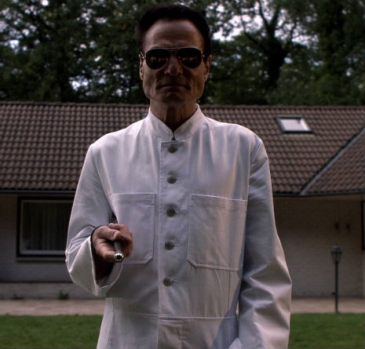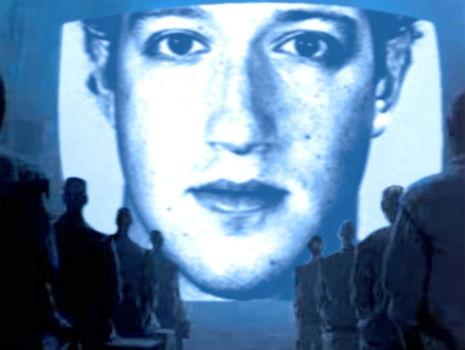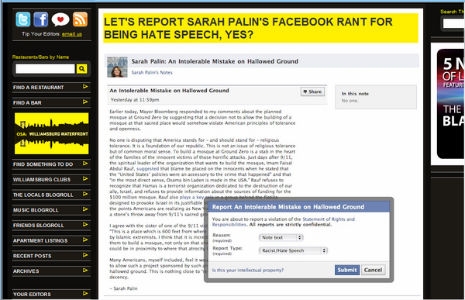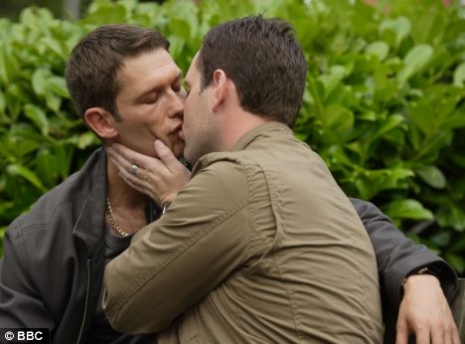
Launched in 1962, Ralph Ginzburg’s Eros was the kind of magazine that targeted the kind of man who actually did read Playboy for the articles. Ginzburg managed to publish four provocative and fascinating issues of Eros before the federal authorities, which were run by Robert F. Kennedy at the time, invoked the Comstock Act and arrested Ginzburg’s ass.
If the run of Eros were a nug of marijuana, one might be tempted to croak the words “really good shit,” with deep respect. Eros was a somewhat literary version of the “ribald classics” section of Playboy transmogrified into its own title, but there was actual ground-breaking political stuff in there too. “Devoted to the joys of love and sex,” Eros was daring and often hilarious in its content and incredibly forward-thinking in its design, which was the purview of Herb Lubalin. Flip through a copy (actual issues are rather pricey) and you’d have a hard time coming up with a reason that these layouts couldn’t have been executed in 2015. Indeed, from a “look and feel” perspective Eros reminds me most of the travel magazine Afar. Few did more with a serif than Ralph Ginzburg and Herb Lubalin.
The content was bold and wide-ranging. Ginzburg ran fiction by Ray Bradbury, Guy de Maupassant, and Mark Twain; a photo series by Garry Winogrand; an antique patent submission for a male chastity belt; a profile of Frank Harris; and psychosexual meditiations on John F. Kennedy and Marilyn Monroe (uhhh, published separately: few knew that they were sleeping together yet).
The early to mid-1960s were a mixed bag for the judicial oversight of what at the time was called smut. William S. Burroughs’ Naked Lunch was banned in 1962 but vindicated in 1966. The tale of Eros, however, is a darker one. Ginzburg, who had once written a history of erotica under the amusing title An Unhurried View of Erotica, could hardly be accused of indulging in “mere” sexual titillation, and yet he was still sentenced to five years and fined $42,000 for using the U.S. Postal Service to deliver copies of the fourth (and ultimately final) issue of Eros as well as a newsletter called Liaison and a book called The Housewife’s Handbook on Selective Promiscuity. Even from the perspective of more than five decades later, one can feel the heady rush of sending those materials around as if they were regular goods.
There was a racist tinge to the prosecution—one of the features in that fourth issue was a series of photographs by Ralph M. Hattersley Jr. depicting a black man and a white woman in a state of aesthetically pleasing undress. The judge in the case asserted that the pictures “a detailed portrayal of the act of sexual intercourse,” although this was patently false. The case hinged on the appearance of prurience—in other words, since it was promoted as appealing to “erotic interest,” then it fell under the category of “pandering,” and therefore whatever additional social value the material could be said to possess would be outweighed by the sexual content.
Ginzburg ultimately spent eight months in prison for publishing Eros.
We are grateful to graphic designer Mindy Seu, Cooper Union’s Herb Lubalin Study Center of Design and Typography, and the Internet Archive for posting every single page of Eros’ four-issue run. If you’re an editorial geek such as myself, it’s difficult to tear one’s eyes away from these gorgeous, intelligent layouts, nor chuckle at the stimulating topics under consideration. Below you can feast your eyes on some choice spreads and single pages.
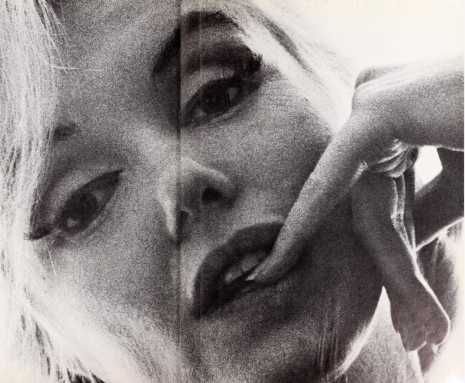
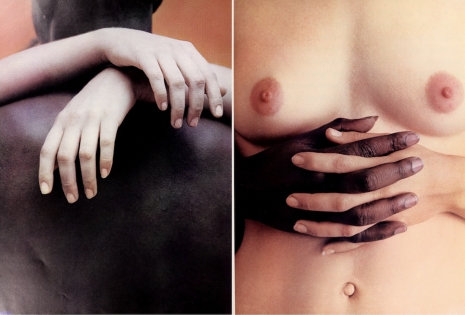
Much more Eros after the jump…...







